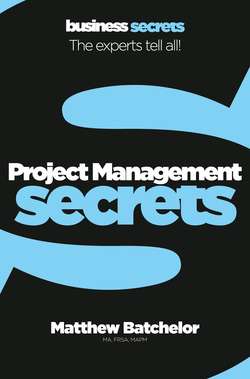Читать книгу Project Management - Matthew Batchelor - Страница 11
Оглавление1.6 Choose the right approach
Modern project management emerged in the 1950s, with the development of a series of techniques aimed at making planning, estimating and controlling costs and schedules more effective.
You may not need to use a formal methodology for a small project, but it is still useful to know what the main methods are.
• The traditional, or ‘waterfall’ approach. This approach treats projects as a straightforward series of steps from beginning to end. Each phase must be completed before the next begins. If, for example, your company is planning to upgrade its website, then all the user requirements must be known before the programmers begin work.
case study Ali worked for a recruitment agency, where she was asked to install a new database. She felt that the user requirements were not made clear and that the suggested timetable was possibly unrealistic. She decided to adopt an ‘agile’ approach to the project, where she and her team would meet twice a week at the start of the day to discuss problems and set short-term goals. They managed to install a working version of the new database by the specified launch date, using feedback from staff on this ‘first release’ to make modifications that were incorporated into the final version.
• PRINCE2™. This framework for managing projects was developed by the UK Government and IBM and is now used in more than 50 countries worldwide. It describes the different project roles and tasks, how to design and monitor a project, and what to do if the project isn’t going according to plan.
• ‘Agile’ or ‘lightweight’ project management. This is a more informal approach based on breaking down tasks into small units, with minimal long-term planning. It is descended from the ‘Lean’ manufacturing approach pioneered by Toyota, and often uses a framework known as Scrum. Team sizes are kept small, with face-to-face communication preferred over lengthy written reports. Agility (flexibility) is the key.
• Critical chain (CCPM). This aims to reduce project costs and timescales by making the best possible use of resources (people).
Other approaches stress the need for the close integration of project management and a wider business strategy, and emphasize the importance of becoming a learning organization.
A list of useful online resources appears in the further reading section at the end of this book.
Familiarize yourself with the main approaches to project management.
